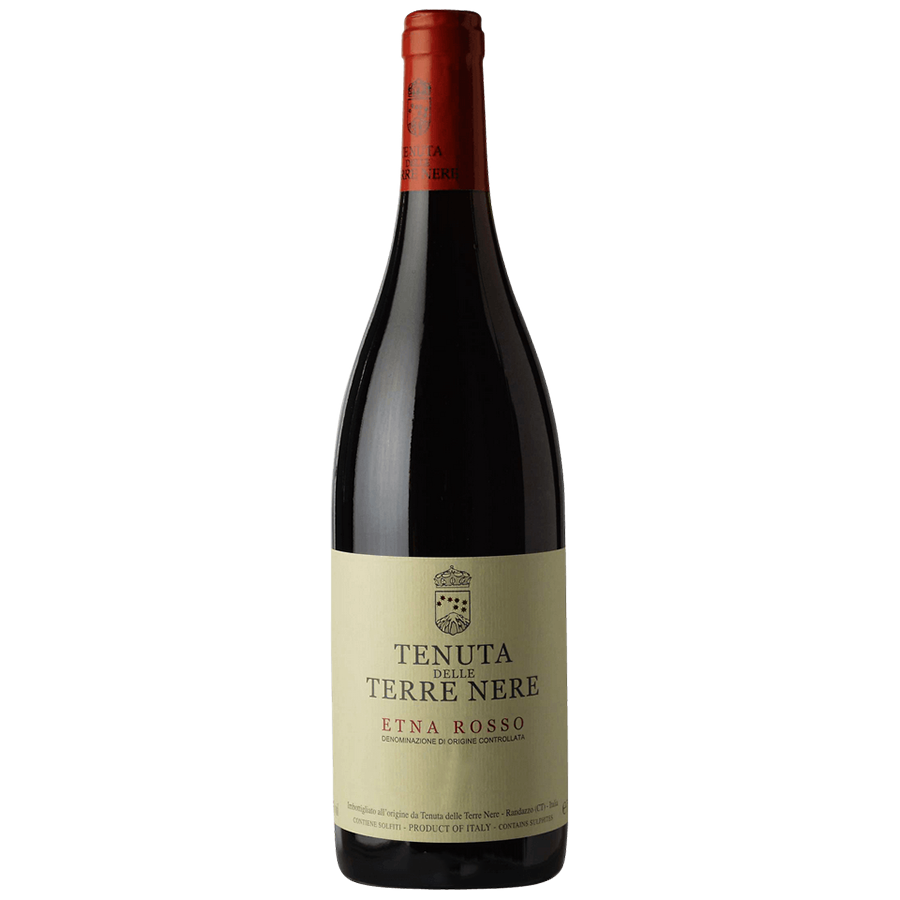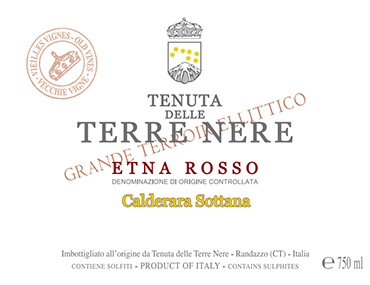The Etna wine region in Italy is renowned for its unique Etna wines, protected under the Denominazione di origine controllata (DOC) classification.
Nestled beside Europe’s largest active volcano, Mount Etna, this area is a tapestry of lush flora and agricultural land, with vineyards holding a place of prominence in the region’s agricultural heritage.
Tracing back to the Upper Paleolithic period, human presence on Sicily dates back roughly 20,000 years. Interestingly, remnants of ancient grapevines in the region predate human settlement, indicating a long-standing viticultural tradition that truly flourished during the Neolithic period when agriculture, including wine production, became a central aspect of life.
From 1800 to 500 B.C., the Greek influence on Sicily was profound, significantly shaping the local viticulture and winemaking techniques. The Greeks introduced various grape varieties, including the “Grechetto” or “Grecanico,” which still grows in the Etna region today.
The rich mythology of the island, interwoven with its viticultural heritage, highlights the reverence for wine gods across different cultures that settled in the region – from the Sicels’ worship of Adranus to the Greek prayers to Dionysus and the Roman devotion to Bacchus. These deities and the mystical Etna volcano itself are frequently mentioned in ancient tales, often associated with healing, relaxation, and joy.
It wasn’t until 1968 that Etna’s unique viticultural contribution was officially recognized with the establishment of the DOC status, marking it as Sicily’s inaugural Controlled Denomination of Origin and solidifying its position among the most esteemed and ancient wine regions in Italy.
The Etna DOC zone is governed by the Italian wine classification system known as Denominazione di Origine Controllata (DOC), which was instituted under a decree on August 11, 1968, and subsequently made official on September 25, 1968.
This regulatory framework primarily aims to authenticate the quality of wine production and simultaneously bolster the domestic and international prestige of the wines produced in the region.
The geographical footprint of the Etna DOC encompasses the northern, eastern, and southern flanks of Mount Etna. This viticultural area includes several municipalities, namely Biancavilla, Santa Maria di Licodia, Paterno, Belpasso, Nicolosi, Pedara, Trecastagni, and Viagrande, positioned at elevations ranging from 400 to 500 meters above sea level. The zone extends to Aci Sant’Antonio, Acireale, Santa Venerina, Giarre, Mascali, Zafferana, and Milo, which are situated at altitudes between 900 and 1100 meters above sea level. Notably, Milo is the exclusive zone designated for the cultivation of the native Carricante grape, leading to the special classification of Bianco Superiore for wines from this area. The Etna DOC region also includes the localities of Sant’Alfio, Piedimonte, Linguaglossa, Castiglione, and Randazzo.
Weather Patterns and Terroir
In the vicinity of Mount Etna, weather patterns exhibit remarkable variation, not just in comparison with the broader region of Sicily but also within different segments of the mountain itself. The unique semi-circular configuration of the Etna area, stretching from the north to the south-west, fosters the creation of distinctive zones, each boasting its own localized climate. These microclimates are influenced by variations in exposure to the sun and proximity to the sea.
The elevation range in the Etna area, spanning from 450 meters above sea level to 1100 meters, is primarily responsible for the notable fluctuations in temperature, both diurnally and across seasons.
In contrast to the broader Sicilian landscape, the Etna area demonstrates distinct patterns in rainfall. The eastern slopes of the volcano receive the highest rainfall, particularly absent during the summer months and reaching significant levels in the autumn and winter. These climatic disparities directly impact the viticulture in the region, leading to pronounced differences in grape maturation and subsequently, the timing of harvests between Etna and other Sicilian regions.
Soil Composition
The soil in the Etna region is a product of volcanic activity and is exceptionally mineral-rich. It originates from the decomposition of various types of ancient and more recent lava flows, along with eruptive materials like lava, ash, and sand. These components imbue the soil with a rich spectrum of nutrients, including iron, copper, phosphorus, magnesium, among others, thereby nourishing the agricultural produce, notably the vineyards.
The terrain around the vineyards is characterized by its rocky nature, efficient drainage, low nutrient content, and high mineral concentration, with magnesium being notably abundant. The volcanic legacy of Etna is evident in the soil composition, which is a complex blend of disintegrated lava, ash, and sand, contributing to the distinctive terroir of the region.
Grape Varieties
Nerello Mascalese: A prime grape used in crafting Etna Rosso wines, thought to have its roots in the Catania region.
Nerello Cappuccio: Another key variety in the Etna Rosso mix, playing a significant role in the composition of the Etna Rosso D.O.C. blend.
Carricante: A prevalent grape for Etna Bianco wines, earning the title “Superiore” when cultivated in the Milo area.
Catarratto: The most commonly found grape for Sicilian Bianco wines.
Minella Bianca: A unique white grape, native and nurtured on Etna’s volcanic terrains. Known locally as “Minnella,” a nod to its breast-like shape.
D.O.C. Regulations
Etna D.O.C Bianco: Primarily composed of Carricante (at least 60%), with Catarratto forming no more than 40% of the blend. Other non-aromatic varieties like Minnella or Trebbiano may be included up to 15%.
Etna D.O.C Bianco Superiore: Dominantly Carricante (at least 80%), complemented by either Catarratto or Minnella, not exceeding 20%. These grapes are exclusively sourced from the Milo region.
Etna D.O.C Rosso/Rosato: Predominantly Nerello Mascalese (at least 80%), paired with no more than 20% Nerello Cappuccio/Mantellato. It may also contain up to 10% of other non-aromatic varieties, including white grapes.
Etna D.O.C Spumante: Mainly Nerello Mascalese (at least 60%) with the possibility of including up to 40% of other approved non-aromatic Sicilian grape varieties.





